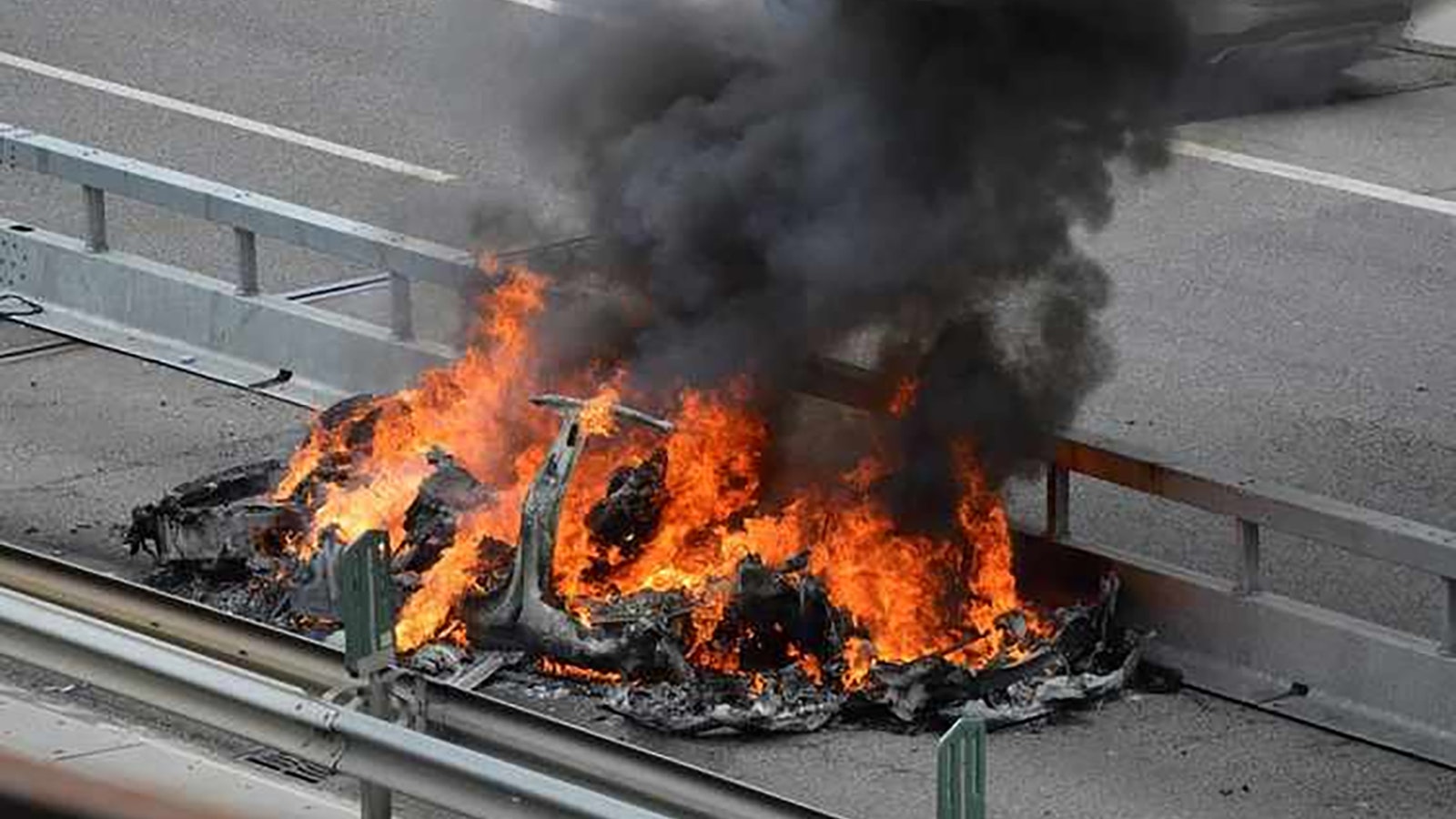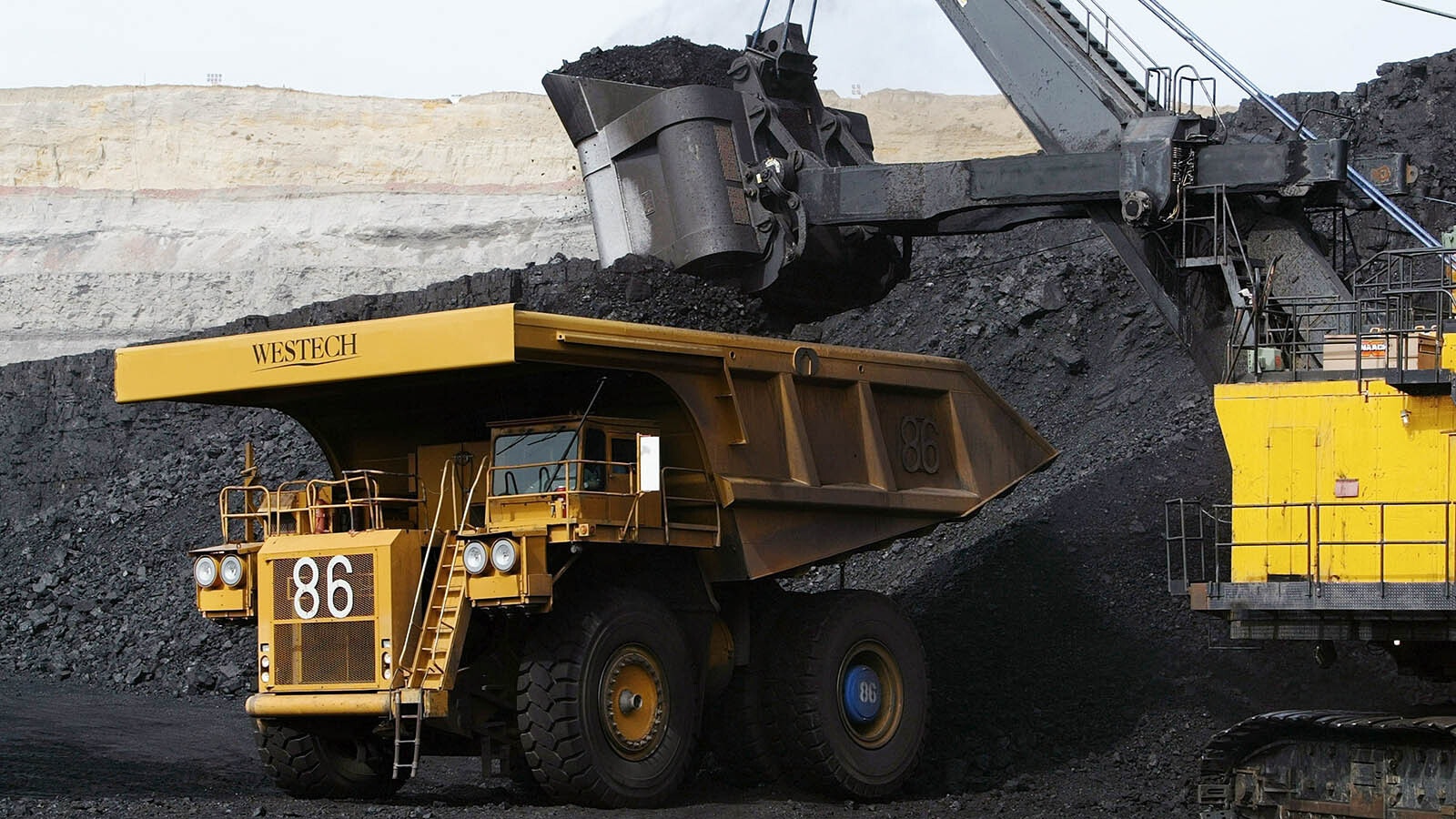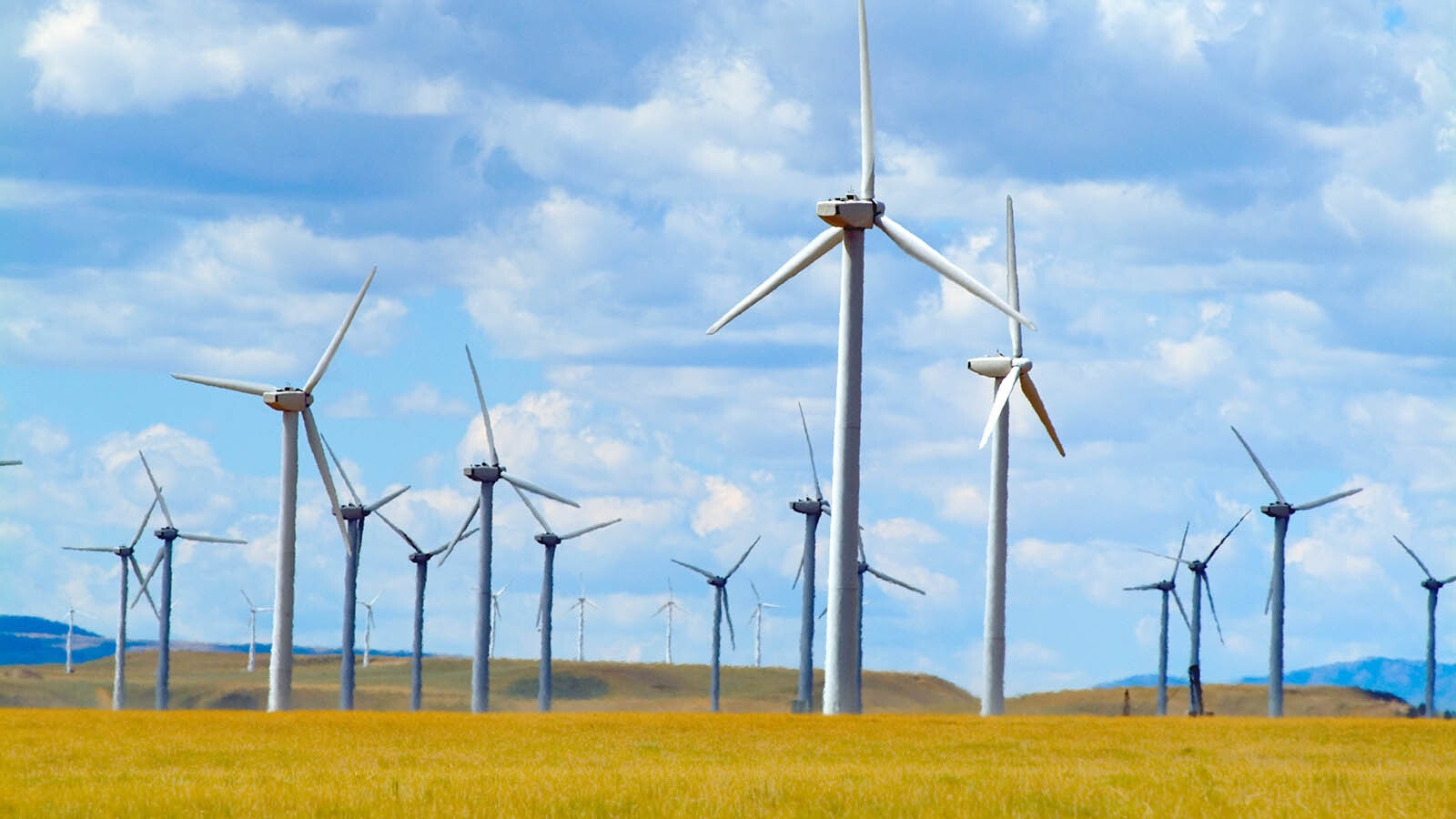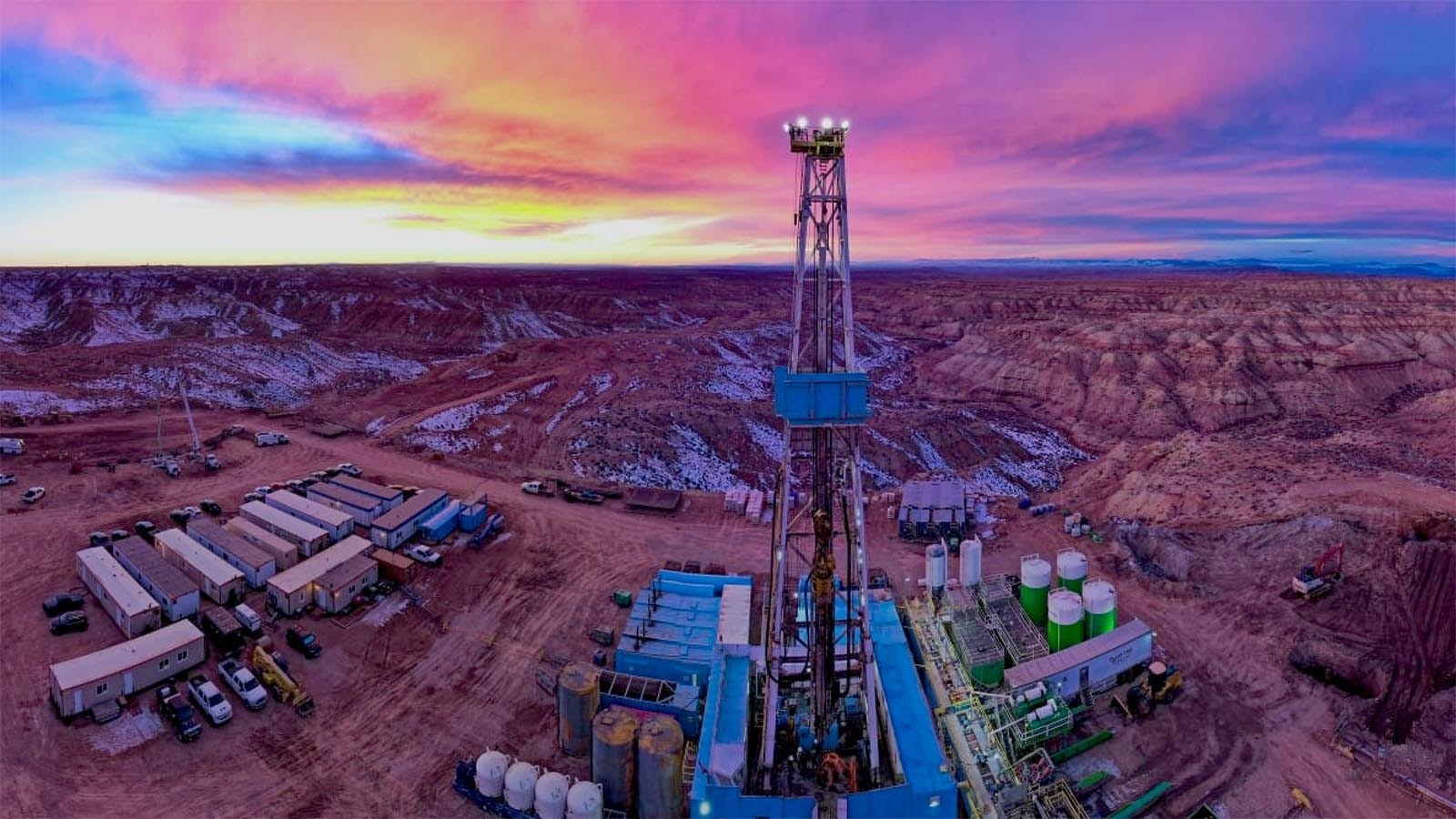Experts in rural firefighting say that electric vehicle fires require so much water that in some cases it’s better to just let them burn.
In a rural state like Wyoming, trucking in the water needed to fully extinguish the fire isn’t always the best solution.
“An electric vehicle battery fire is not a traditional fire,” Curt Yanish, a volunteer firefighter with the Sublette County Unified Fire District, told Cowboy State Daily.
Anticipating more electric vehicles (EV) on the road, Yanish said he’s been trying to keep up on how to fight lithium-ion battery fires and pass on what he knows to the other firefighters.
The batteries don’t need oxygen to burn, so there’s really no way to smother an EV battery fire.
“All we can do is cool the battery to the point that the burning reaction stops. Our best tool for that is water,” Yanish said.
The way the batteries are grounded, Yanish added, prevents an electric shock hazard to firefighters pouring water on it.
Thirsty Fire
He said that typically an EV battery fire requires between 4,000 and 6,000 gallons of water, but he’s seen some incidents requiring as much as 40,000 gallons of water.
One of the difficulties in a vehicle fire, Yanish explained, is getting the water down to the battery, which sits on the floor pan under the seats.
“We would have to lift the car up so that we could see its underbelly, and then spray water on it,” Yanish said.
He said that Sublette County is trying to build up its equipment fleet so that each of its six stations has 4,000 gallons of water available.
Typically, the pumper truck, he said, would be first on the scene of an EV fire. The truck has 1,000 gallons of water. That would be followed by a tender fire truck, which carries 4,000 gallons. Sublette County has six tender fire trucks.
“We would call on all those and shuttle water to the scene,” Yanish said.

We Don’t Need No Water, Let The &$%#@#* Burn
However, there may be situations, he said, where it’s just better to let the car burn. Besides all the water involved, it can take hours to cool down the battery. Then, once the car is towed to a junkyard, it can reignite. So, it might be better to just let all the fire fuel burn out.
“That’s counterintuitive for firefighters and for the public to see firefighters letting something burn, but it’s becoming a tactic that we’re going to have to use more and more,” Yanish said.
One situation where this would be the better choice, he said, is when authorities want to get a road open quicker.
Yanish said it can take four to eight hours to use water to put out an EV battery fire, especially if firefighters have to use the full 40,000 gallons on it.
“We could simply push the vehicle off to the side of the road and it would be burned out in an hour or two,” Yanish said. “If it’s not threatening somebody’s house or something, that might be a better option.”
Adequate Resources
Yanish said that he’s not certain how many districts in Wyoming have trained for this particular type of fire, but he said there are many rural districts that don’t have the knowledge to deal with it.
Gus Stonum, shift commander and training chief for the City of Laramie Fire Department, told Cowboy State Daily the department’s firefighters have done some training on how to tackle an EV fire. The issue they’re most concerned with is not the training, but the water they’ll need.
“It doesn’t seem like there is enough available,” Stonum said.
He said they can call in help from the Albany County fire departments, but he wasn’t sure how many tender fire trucks they’d have to lend. For the most part, he said, the approach the Laramie department would take if it encountered such a fire is to protect the area around it and let the battery burn.
“That is about the only tactic in which we have adequate resources to use,” Stonum said.
Rare Event
Fortunately, EV fires are quite rare. Not only are there far fewer of them on the road, especially here in Wyoming, they don’t catch fire often.
According to researchers at Auto Insurance EZ, there are 25.1 EV fires per 100,000 vehicles sold. Gas-powered vehicles, by contrast, caught fire 1,529.9 times per 100,000 vehicles sold.
When it comes to fires, hybrids — vehicles that have an internal combustion engine and also use energy stored in batteries — take the prize. For every 100,000 hybrid vehicles sold, 3,474.5 hybrids caught fire.
Yanish said it’s important for fire departments to continue to train on how to deal with these different types of car fires. Also coming down the pipeline are natural gas-powered cars and hydrogen fuel cells.
“Those are going to add different variables to our firefighting tactics and different hazards on the highway,” he said.





